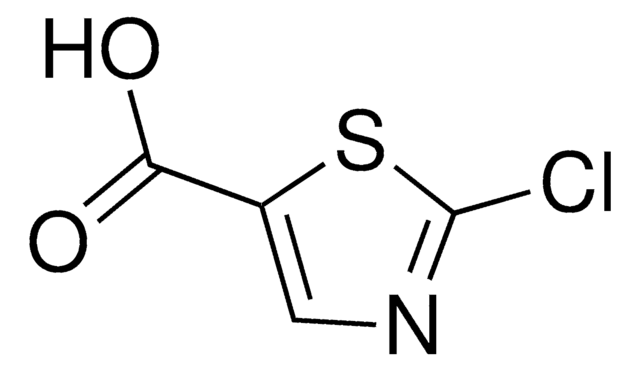SAB4300693
Anti-CDH1 antibody produced in rabbit
affinity isolated antibody
Synonym(s):
Anti-CD324, Anti-CDHE, Anti-E-Cadherin, Anti-UVO
Select a Size
$87.60
Select a Size
About This Item
$87.60
Recommended Products
biological source
rabbit
Quality Level
conjugate
unconjugated
antibody form
affinity isolated antibody
antibody product type
primary antibodies
clone
polyclonal
form
buffered aqueous solution
mol wt
~135 kDa
species reactivity
mouse, rat, human
concentration
1 mg/mL
1 of 4
This Item | CBR00103 | CDS005773 | CDS017300 |
|---|---|---|---|
| form solid | form solid | form solid | form solid |
General description
Immunogen
Biochem/physiol Actions
Features and Benefits
Target description
Physical form
Disclaimer
Not finding the right product?
Try our Product Selector Tool.
recommended
Storage Class Code
10 - Combustible liquids
WGK
WGK 1
Flash Point(F)
Not applicable
Flash Point(C)
Not applicable
Choose from one of the most recent versions:
Certificates of Analysis (COA)
It looks like we've run into a problem, but you can still download Certificates of Analysis from our Documents section.
If you need assistance, please contact Customer Support
Already Own This Product?
Find documentation for the products that you have recently purchased in the Document Library.
Our team of scientists has experience in all areas of research including Life Science, Material Science, Chemical Synthesis, Chromatography, Analytical and many others.
Contact Technical Service![2-(4-Bromophenyl)imidazo[1,2-a]pyridine 97%](/deepweb/assets/sigmaaldrich/product/structures/240/143/b7f8ee52-1814-4968-9f48-3255d3e2dbec/640/b7f8ee52-1814-4968-9f48-3255d3e2dbec.png)
![Imidazo[1,2-a]pyridine-7-carboxylic acid AldrichCPR](/deepweb/assets/sigmaaldrich/product/structures/307/298/b27c0495-0260-443a-9af3-d106cfb691a6/640/b27c0495-0260-443a-9af3-d106cfb691a6.png)


![Imidazo[1,2-a]pyridine-6-carboxylic acid AldrichCPR](/deepweb/assets/sigmaaldrich/product/structures/305/682/70337161-641a-4756-9f98-9c97ea3f7ed3/640/70337161-641a-4756-9f98-9c97ea3f7ed3.png)





![5-Methyl-imidazo[1,2-a]pyridine-2-carboxylic acid AldrichCPR](/deepweb/assets/sigmaaldrich/product/structures/283/157/27fed3a3-cf80-4205-b5dc-ddf282d0b7de/640/27fed3a3-cf80-4205-b5dc-ddf282d0b7de.png)
![Imidazo[1,2-a]pyrimidine-2-carboxylic acid AldrichCPR](/deepweb/assets/sigmaaldrich/product/structures/422/788/ebf349af-c8b7-41ea-a772-da99177512d3/640/ebf349af-c8b7-41ea-a772-da99177512d3.png)